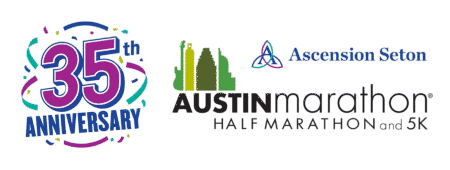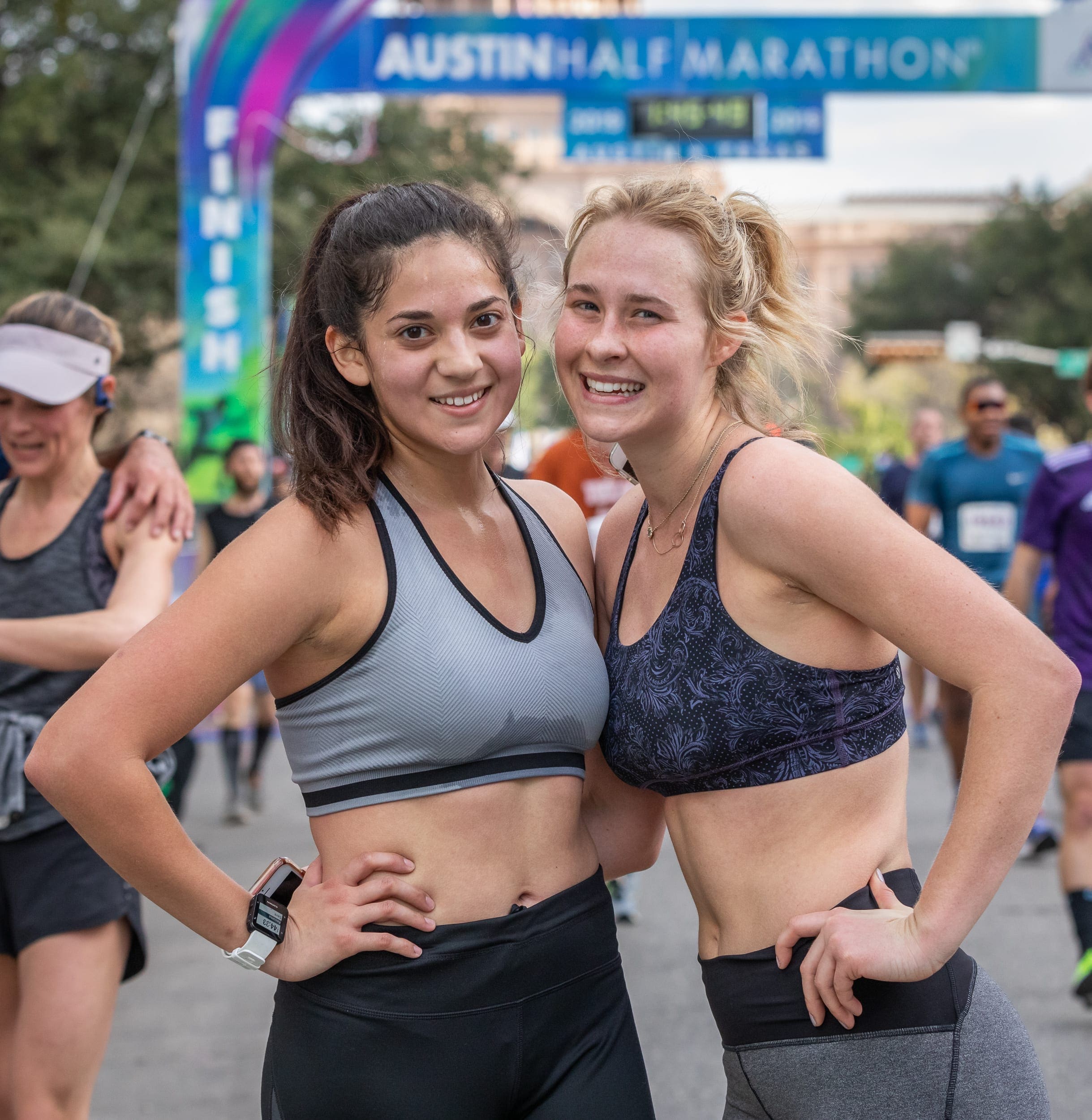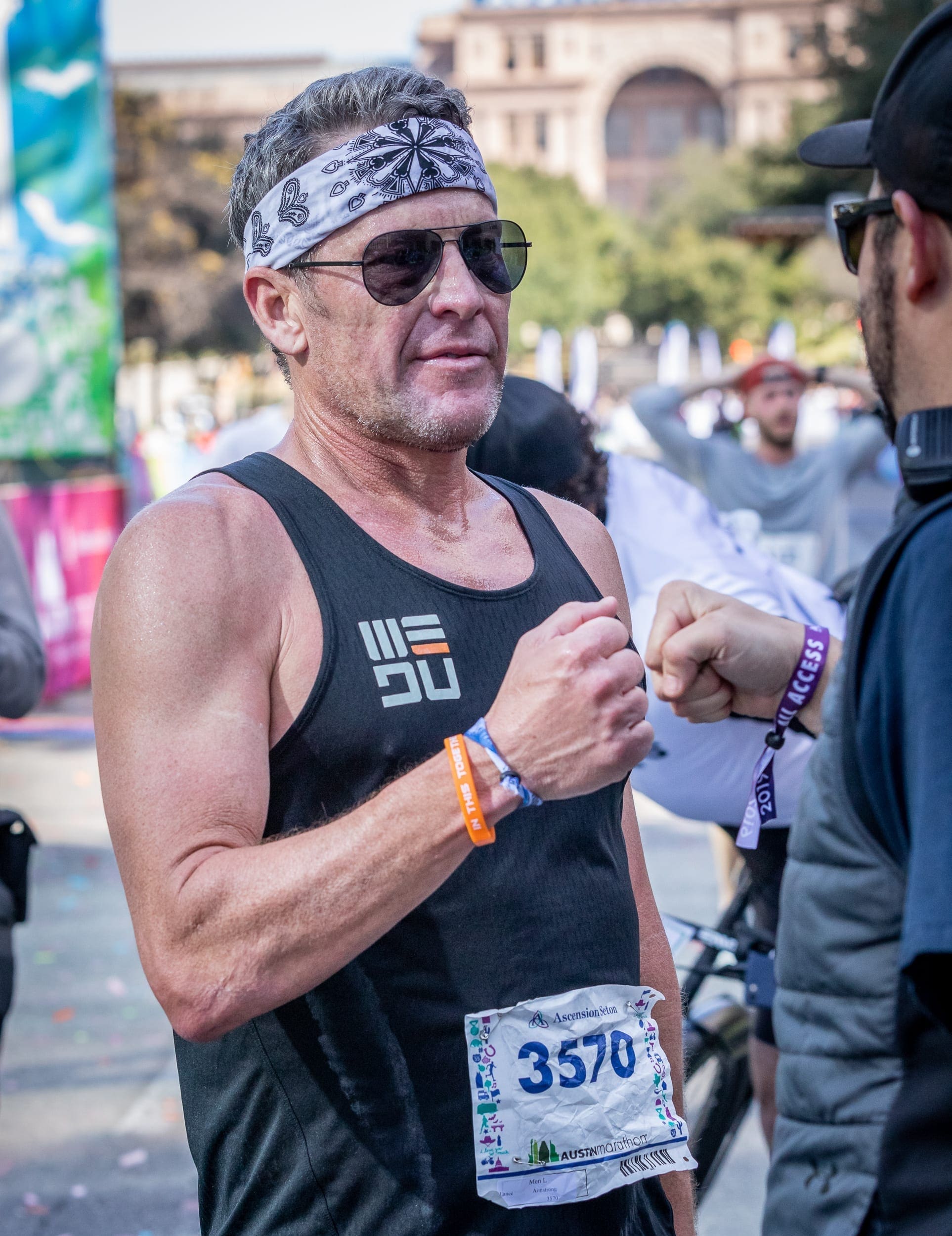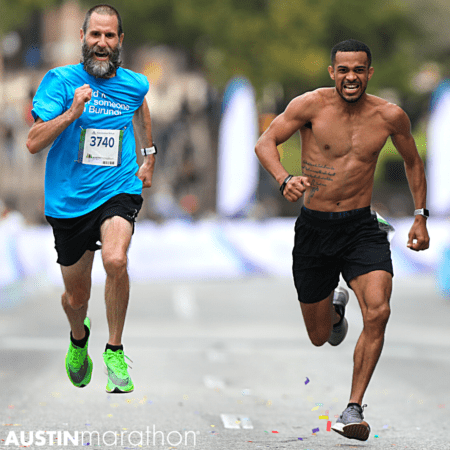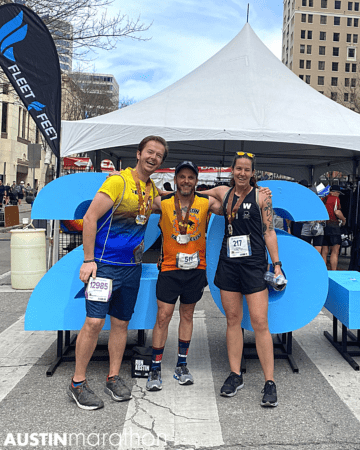5 Reasons It’s Important to Add Running Variety to Your Training
Adding running variety to your training is critical to your growth as a runner
Everyone’s fitness goals vary, but one thing that remains common in all forms of training is the goal to accomplish growth. Most beginner runners train with the same routine every day. Even running the same route gets monotonous. This is exactly why adding running variety can tackle that boredom and help you become a better runner in the process. Below are five reasons why you should add running variety to your training! Pro tip: when building your training plan, add in variations of these 9 different types of runs.
Build endurance
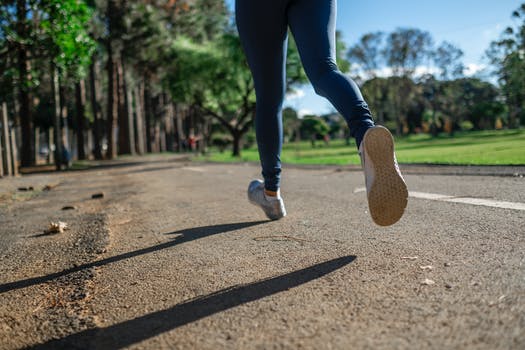 If you’re running the same course every day at the same speed there is little to no chance for growth. It will keep you fit, but it won’t help you grow. Incorporating different types of running and using different routes will slowly build your endurance. You’ll work and strengthen different muscles which will help with your ability to run for longer periods of time. Use these 10 healthy recipes for busy runners to provide your body with the fuel it needs to build endurance.
If you’re running the same course every day at the same speed there is little to no chance for growth. It will keep you fit, but it won’t help you grow. Incorporating different types of running and using different routes will slowly build your endurance. You’ll work and strengthen different muscles which will help with your ability to run for longer periods of time. Use these 10 healthy recipes for busy runners to provide your body with the fuel it needs to build endurance.
Increase muscle definition
Keeping true to your everyday training is certainly good. But the problem arises when you hit a plateau with your training and there are no visible changes in your body. This can be disheartening for some. Runners notice an increase in the definition of their leg muscles when adding high-intensity sprints to their training. Follow these 7 tips to increase your speed when you add speed training.
Reduce fatigue and injuries
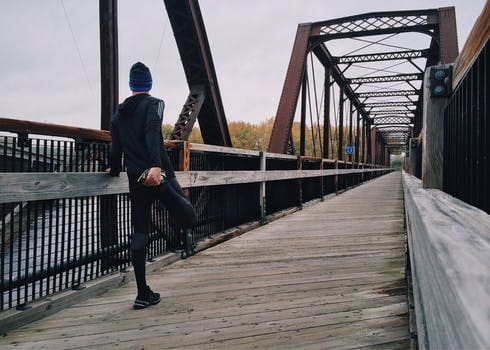 When we run, our muscles experience fatigue. Runners can tackle fatigue or avoid cramps by simply changing their running type. If you run the same route all the time you’ll use the exact same set of muscles. You won’t activate other muscle groups. When the time comes to use muscle groups that haven’t been worked your chances for injury increase. If you experience fatigue that might be a sign you need to take a day off from running.
When we run, our muscles experience fatigue. Runners can tackle fatigue or avoid cramps by simply changing their running type. If you run the same route all the time you’ll use the exact same set of muscles. You won’t activate other muscle groups. When the time comes to use muscle groups that haven’t been worked your chances for injury increase. If you experience fatigue that might be a sign you need to take a day off from running.
Keep it interesting
Boredom is something that can make us dislike even things we like. Running is no exception. When you add running variety there is a kind of excitement associated with it. You find yourself looking forward to the run. You might explore a new route, visit a different part of your city, or run past an amazing mural.
Build a well-rounded plan
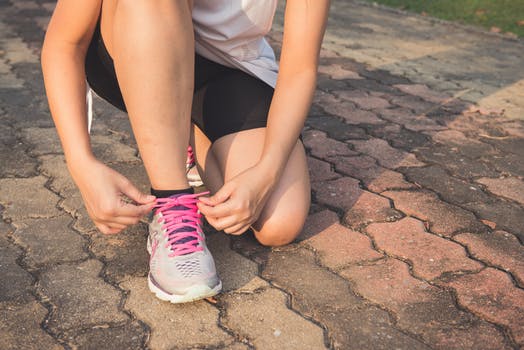 Incorporating running variety into your training program ensures every day presents something different. Your body won’t know what to expect and that is exactly what makes variety bear fruit. Different types of runs have varying effects on our body and when combined, our bodies evolve as a whole instead of targeting a single part.
Incorporating running variety into your training program ensures every day presents something different. Your body won’t know what to expect and that is exactly what makes variety bear fruit. Different types of runs have varying effects on our body and when combined, our bodies evolve as a whole instead of targeting a single part.
Well, now you know the benefits of adding running variety to your training. If you don’t know where to start, take a look at these 9 types of runs you can include in your routine. Once you’ve planned that out, it’s time to get running!
